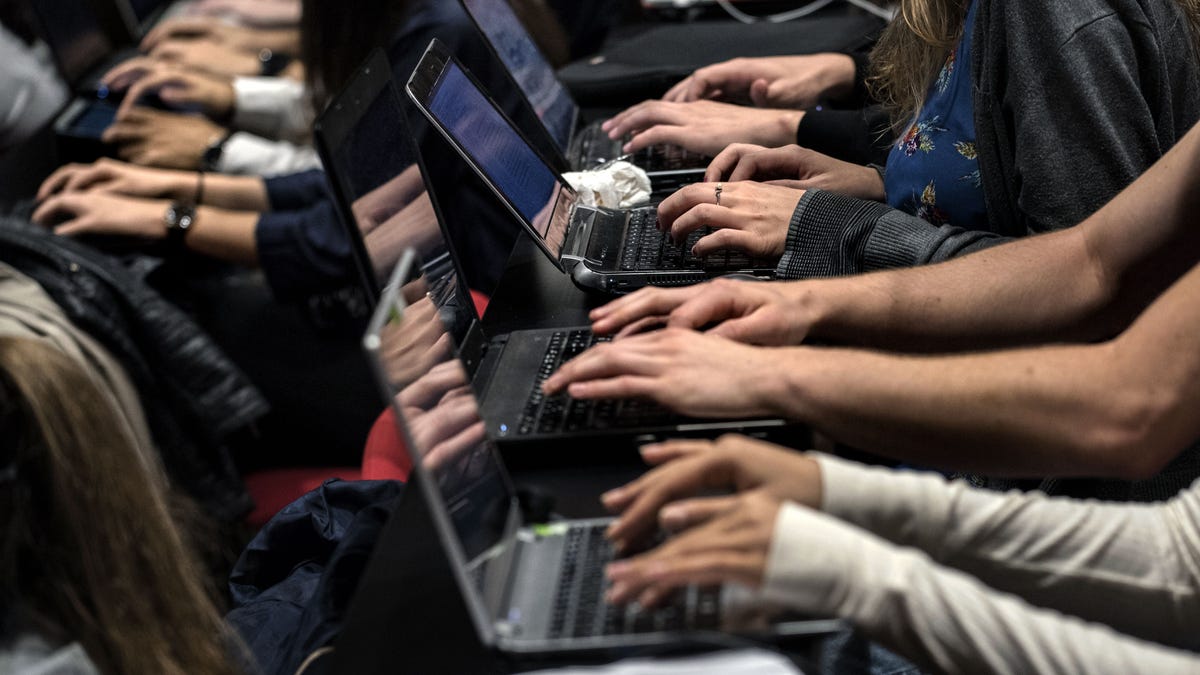What's real news, what's an ad? Students can't tell, study shows
While young people may seem digitally savvy, their ability to evaluate online information can be summed up in one word, Stanford researchers say: "bleak."

Students -- from middle school on up to the college level -- have a hard time distinguishing between news stories and so-called sponsored content.
If you need lessons on how to dominate Snapchat, you might turn to the young people in your life. But don't look to them to tell you what's real and what's not online, a Stanford study released this week shows.
Students have trouble telling the difference between news stories and native ads (aka sponsored content), for example, and figuring out where the information came from in the first place, researchers found. More than 80 percent of students thought an ad labeled "sponsored content" was a news story.
"Overall, young people's ability to reason about the information on the Internet can be summed up in one word: bleak," researchers at the Stanford Graduate School of Education wrote.
The study tested "civic online reasoning" to see how students evaluate information on the internet. Researchers also wanted to determine how to teach them to separate credible sources from those that shouldn't be trusted. They tested students -- from middle school, high school and college -- in 12 US states, gathering 7,804 responses between January 2015 and June 2016.
"Many people assume that because young people are fluent in social media they are equally perceptive about what they find there," said Sam Wineburg, the report's lead author. "Our work shows the opposite to be true." Wineburg is a professor and a founder of the Stanford History Education Group, which has put together curriculum for social studies classes to help students learn to evaluate primary sources.
The study tackled news literacy and examined students' ability to evaluate Facebook and Twitter feeds, photographs, reader comments on news sites and blog posts.
"In every case and at every level, we were taken aback by students' lack of preparation," wrote the authors.
The problem of fake news has dominated headlines in the past few weeks, with Facebook and Google both under fire for distributing misleading stories about the election. Last week, President Barack Obama discussed how dangerous the problem is for democracy.
"If we are not serious about the facts and what's true and what's not, particularly in the social media era when so many get information from sound bites and snippets off their phone, if we can't discriminate between serious arguments and propaganda, then we have problems," he said at a press conference in Berlin.

